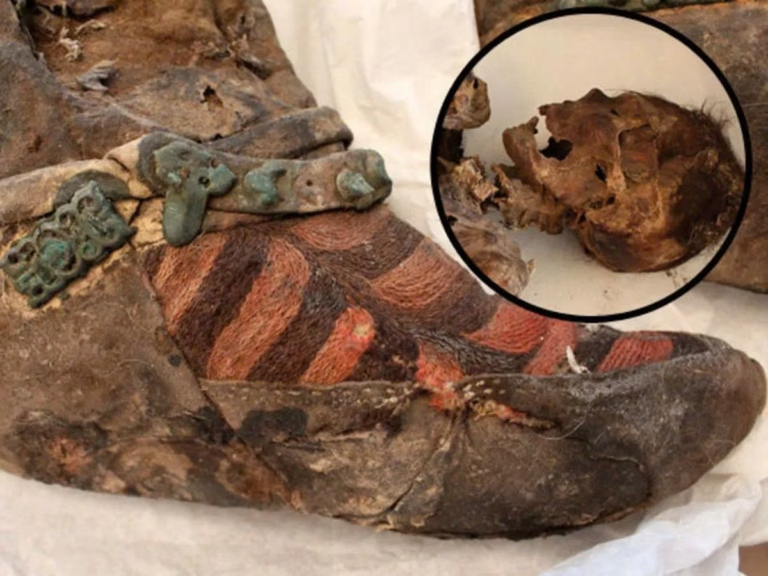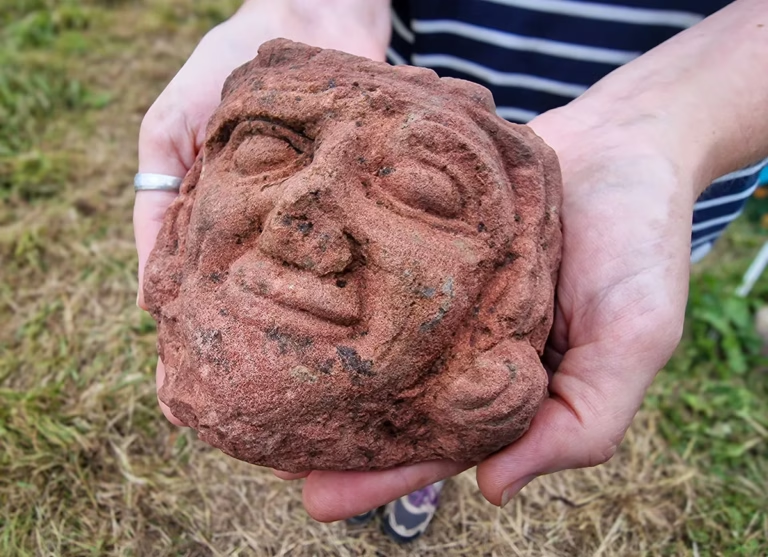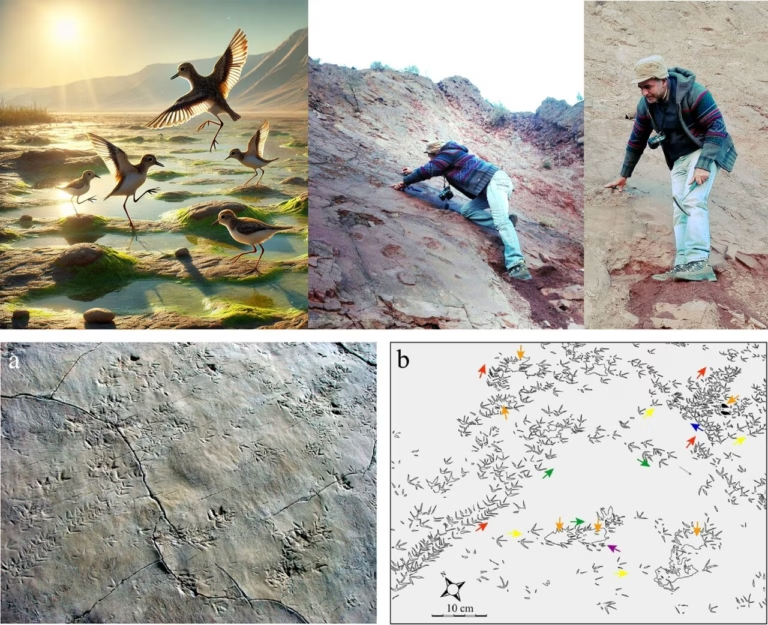A stunning early medieval gold pendant, discovered near Thaxted in Essex, is transforming historians’ understanding of the region’s post-Roman past. Dated to the 6th century and modeled on a coin minted for Byzantine Emperor Justin II, the find is being hailed as a rare and invaluable glimpse into a largely undocumented era.
The pendant, likely worn by an elite individual, was found by a metal detectorist and has since been officially declared treasure by a local coroner. Saffron Walden Museum has expressed a strong interest in acquiring the artifact for its collection.
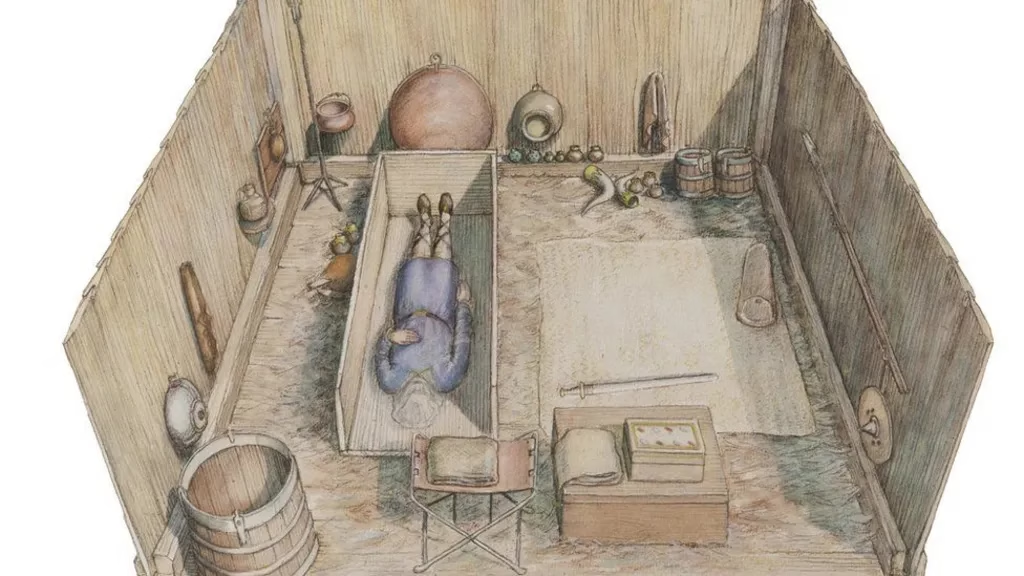
Byzantine Prestige, Anglo-Saxon Context
Though the pendant imitates a Byzantine coin, it was likely minted in one of the successor kingdoms of post-Roman Europe before making its way to early medieval England. Such imitative coins were used by various tribes to project imperial-level status and legitimacy.
“This is not just gold—it’s political propaganda,” explained Lori Rogerson, Essex’s County Finds Liaison Officer. “These imitation coins were about asserting authority and aligning visually with the Roman world, even as that world was fading.”
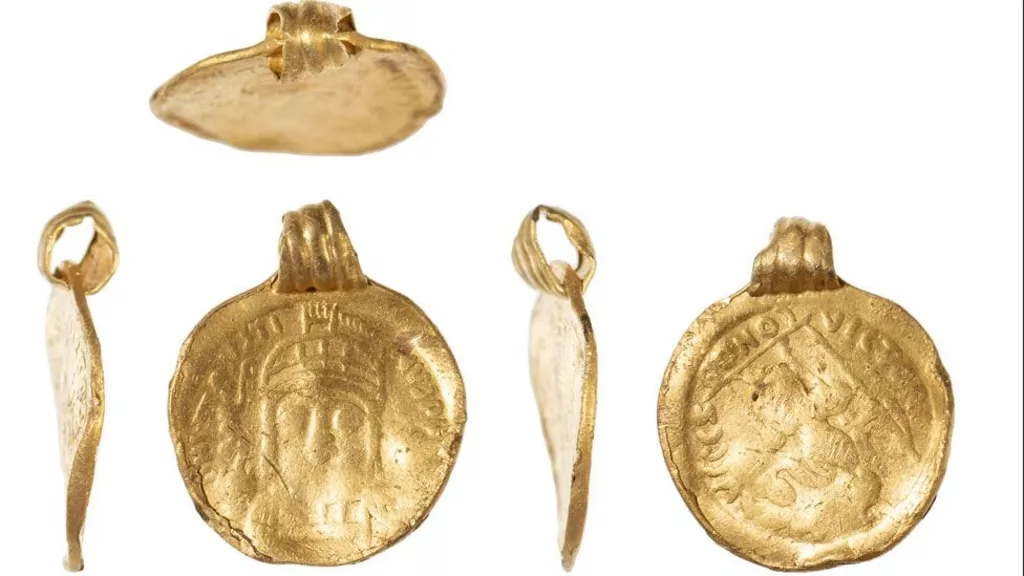
A Rare Glimpse into a Hidden Era
Unlike neighboring regions like Kent or Suffolk, Essex yields few high-status finds from the 6th and 7th centuries. The county’s written record from this time is virtually nonexistent, leaving archaeologists to rely heavily on physical evidence. The Thaxted pendant, made of high-purity gold and exquisitely crafted, signals the presence of elite communities that previously left few traces.
“We now know that high-status individuals were not just confined to areas like Prittlewell,” Rogerson said, referencing the famous royal burial discovered in Southend-on-Sea in 2003. “This pendant helps complete the puzzle. It tells us elite activity was happening across Essex, including its rural northern corners.”
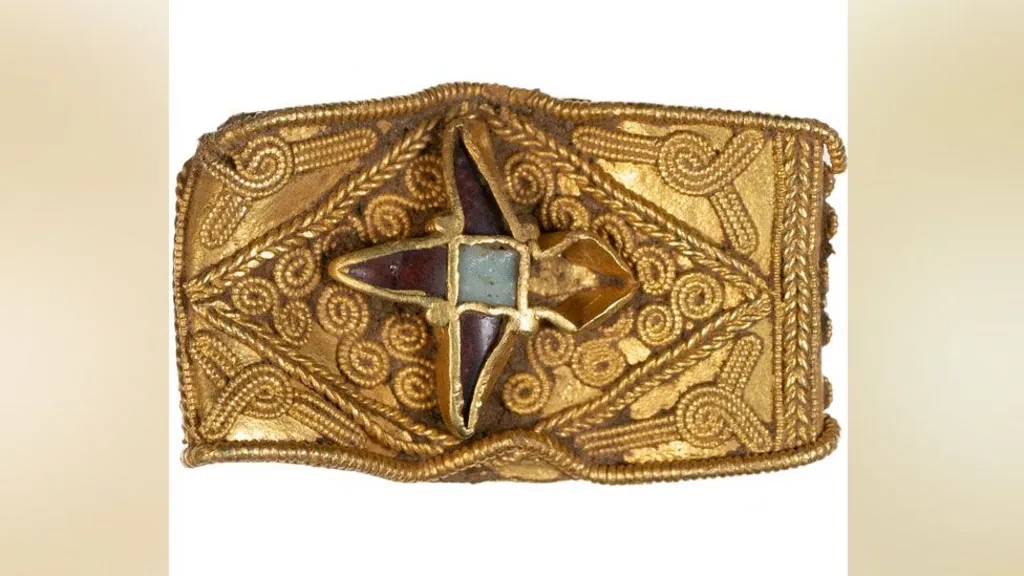
Piecing Together the Forgotten Elite
Recent discoveries across Essex—including a royal ring in Epping Forest, burials in Chelmsford, and the Prittlewell chamber—are collectively redefining the narrative of early medieval society in the region. The Thaxted pendant adds a vital data point to this evolving map of elite Anglo-Saxon presence.
“These are objects you would never uncover through standard excavations,” Rogerson emphasized. “They’re powerful precisely because they show what we don’t yet know—filling gaps where history was silent.”
The pendant’s discovery reaffirms the value of responsible metal detecting in heritage research and deepens Essex’s place on the map of early medieval high-status activity in Britain.
Cover Photo: This finely crafted 6th-century gold pendant offers the earliest evidence of elite presence in the Thaxted region. Colchester and Ipswich Museum Services

